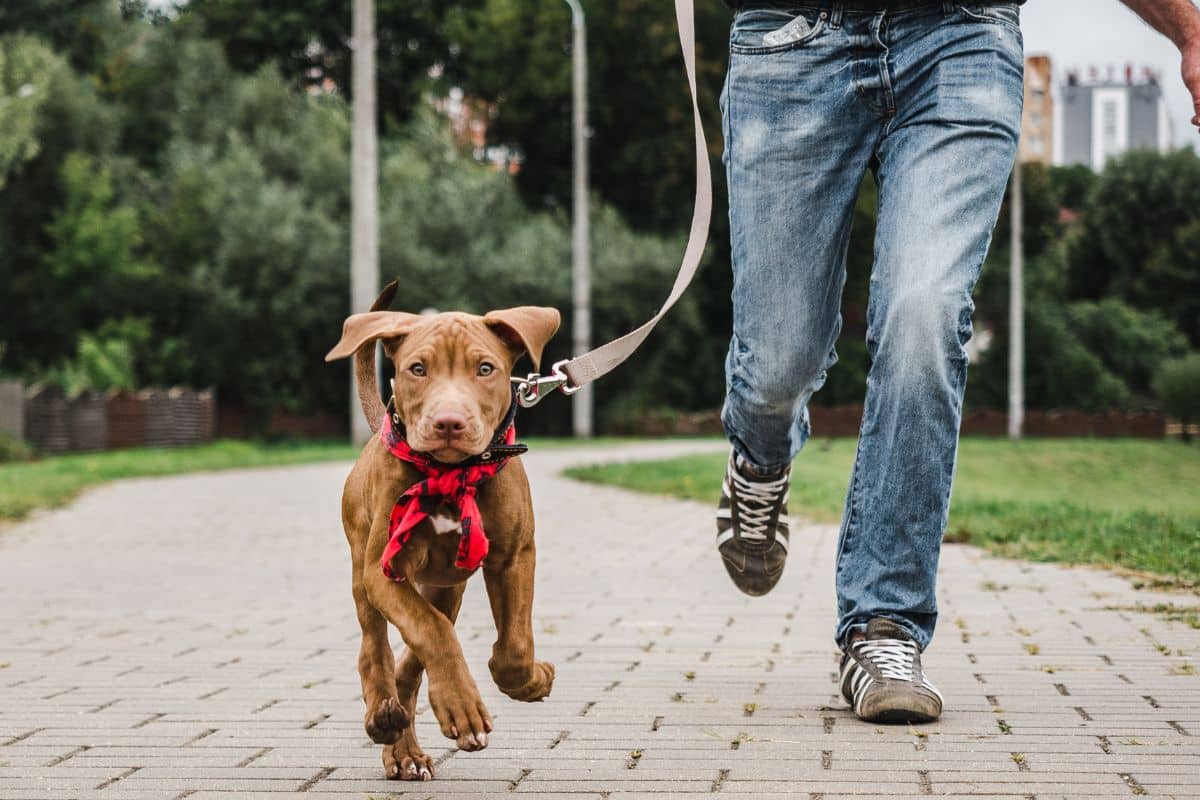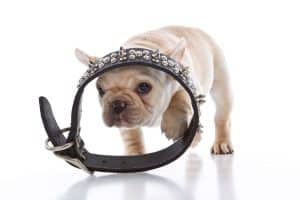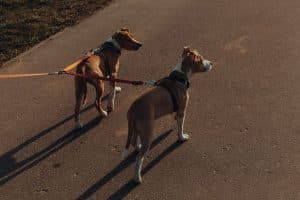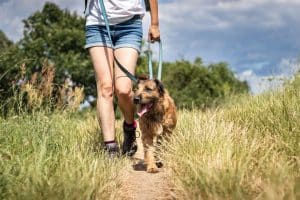Getting a new puppy can be exciting. They are cute and fun and watching them grow is a unique experience. However, raising a puppy comes with its challenges. It’s crucial for the physical and emotional development of a dog to exercise him and socialize him with people and other animals.
But puppies don’t instinctively know how to walk nicely on a leash. They learn it over time. So most puppies will resist the leash at first. The truth is, many puppies are fearful, either of the collar or of the great outdoors, or both. As puppy owners, it’s essential to remember that a leash isn’t just a tool used to control dogs.
A leash can be a great way to teach puppies how to behave around people and other animals. Furthermore, it is a way to keep them safe when they are young. If your pup starts to pull against the leash, gently guide him toward you and say “good boy.” You can use praise words like “well done,” “good job,” or “smart move.”
The key to teaching your puppy to love the leash is consistency. Every time you take him out, make sure you put the leash on him. Don’t forget to give him lots of treats while you’re walking. Let’s look at the steps in a bit more detail.
Start At Home
Step 1
The goal of Step One is to teach your puppy that leashes aren’t scary. Before you even attempt to take a dog out for a walk, you need first to introduce the leash in a very positive way. You want to make sure that your dog knows what the leash is for, and that he understands how to wear one properly.
This will help him understand why he needs to wear the leash, and why he needs to follow you wherever you go. Start by using a standard flat collar and a 4 to 6 feet (1.83 m) long leash. If your puppy isn’t familiar with wearing a collar, give him some time to acclimatize himself to the feeling of being attached to something around his neck.
If you decide that you’d prefer to use a harness, start by attaching the leash to the harness, but do not hold onto the other end of the leash. Instead, let your dog pull it along behind him.
Once he gets comfortable with this, begin holding the leash near the middle of the harness. Gradually increase the length of the leash as your dog becomes more confident about pulling it.
Step 2
For this second step, you’re going to want to start off with a fun game that involves both you and your puppy. You can do this either indoors or outdoors, depending on how much space you have. The goal here is to help your puppy become comfortable being tied up and ‘lead’ around the house.
This is important because you don’t want him to associate wearing a harness or collar with something negative. In fact, he needs to learn that wearing a harness or collar is a good thing. To accomplish this, you can use an interactive toy filled with food. Once you have prepared the toy, you can attach a leash to your puppy’s harness or collar.
You can choose to play this exercise outside, where there are fewer distractions, or inside, where you can control what happens. Every time you attach the leash, give your puppy the toy to play with.
Repeat this at regular intervals, so your puppy gets excited when you get the leash. This positive association will help your puppy become comfortable with the leash.
Step 3

The third step in teaching your puppy or dog how to walk nicely on a leash involves holding the other end of the lead. Always make sure the collar is loose around the puppy’s neck. We want him to feel free to move his head and body. Now it’s time to teach him what happens when he pulls too hard on the leash.
Walk slowly forward while keeping the leash under control. If your puppy or dog pulls on the leash, stop walking immediately. Don’t give in to the urge to yank on the leash to make him go faster. Instead, gently guide him away from pulling. You might even use your hand to push down on the leash if necessary.
When he stops pulling, praise him and reward him with treats. Repeat this process until he gets the idea that pulling on the leash isn’t a way to get attention.
Socializing
When you take your puppy out into the great outdoors, it is important to make sure he gets used to being around people, animals, and things that are unfamiliar. This way, your puppy won’t freak out when he sees his first fire hydrant, mailbox, or stranger.
If you don’t introduce him to these things gradually, he could become fearful and anxious when faced with these things. The best way to do this is to start off slowly. Take your puppy to places where there are a few people, animals, and objects that are unfamiliar to him.
For example, if you live near a park, go there often and let your puppy explore. In addition, try taking him to pet stores, grocery stores, restaurants, and malls. He needs to see how people interact with each other and what happens when someone walks up behind another person.
Another thing you can do to prepare your puppy for outdoor adventures is to give him plenty of exercise. Let him run free in your yard and let him sniff everything. Make sure he gets enough sleep too. A tired puppy will be less likely to act aggressively toward strange objects and people.
Let Him Explore
As mentioned earlier, when you first introduce your puppy to the leash, keep things simple. Use a short leash and a gentle voice. Once your puppy has learned to walk on leash, don’t forget to add other items such as toys, treats, and praise. Your puppy needs to experience life outdoors.
A good way to do this is to give him some freedom while still being able to keep track of his whereabouts. This is where a training collar comes in handy. You don’t want to teach your pup to hate walking because he gets pulled along behind you everywhere you go. Instead, encourage him to enjoy exploring and sniffing things out.
Once you are confident that he can walk on a leash and come back to you when called, take him on short walks around the neighborhood, and make sure to stop often to let him run free and play.
Other Tips
If you’re still struggling to get your pup moving on leash, here are some tips to help:
Take your puppy in your arms and walk a few yards away from home and then walk back with him. This way he’ll see the same things he’ll see when walking on a leash but he’ll know he’s safe. This will build his confidence. When he is accustomed to the above you can try driving a short distance from home and walk your dog back to the house.
He’ll see familiar sights and smells along the way, and he’ll know he’s getting closer to home. Drive to a new location. Take him out to a nearby park or local mall where there are plenty of people and distractions. A different area, a quiet neighborhood, or a pet shop that allows dogs inside are great options.
Conclusion
Training your puppy to walk on a leash isn’t difficult. It takes patience, but it’s worth it in the end. Remember to reward your puppy when he does what you ask. That way, he’ll learn quickly and easily.




